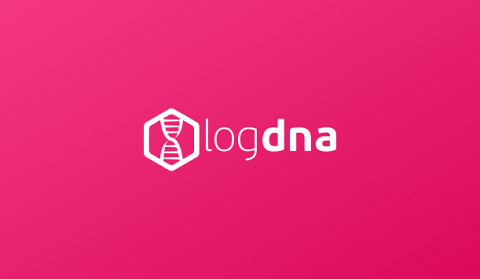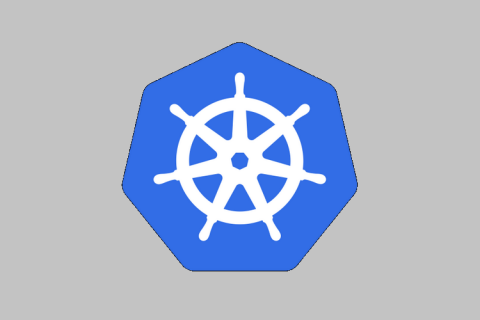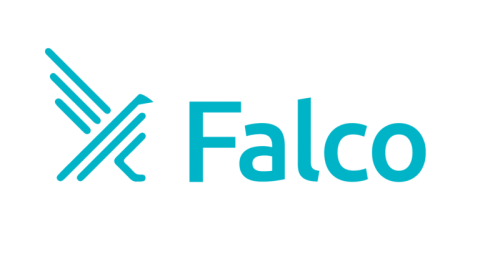The Differences Between Monitoring Containerized Apps and Non-Containerized Apps
Containers provide a nifty solution to package up applications along with their dependencies, and for the whole encapsulated process to be run on a host system. This technology is undeniably popular due to its ability to allow developers to create flexible, scalable, reliable solutions in a quicker amount of time. It has enabled more freedom in choosing the technology we use in our applications and has brought development and production environments closer to parity.











